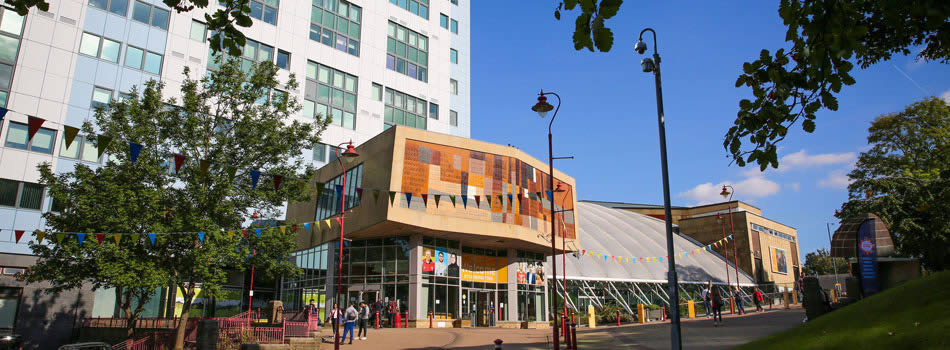Diseases affecting the bowel such as colorectal cancer (CRC) and the inflammatory bowel diseases (IBD) ulcerative colitis and Crohn’s disease are major global healthcare challenges in the 21st century. There is therefore much interest in reduction of incidence through development of disease prevention strategies. Key to this is understanding the mechanisms of both disease progression, and the natural mechanisms of resistance to disease. Much of this work is done in traditional animal models, usually rat or mouse-based. However, these models are not ideal for investigating mechanisms of disease resistance due to their disease susceptibility. The naked mole rat (NMR) on the other hand has been reported to be highly resistant to the development of cancer and other diseases, and thus we hypothesize that it would be an ideal model for studying bowel disease, as we can explore how the inherent resistance mechanisms prevent the bowel pathologies developing in the first place. In the first instance, to minimise the number of NMR used, we aim to develop novel 2D and 3D cell culture models using isolated structures from the NMR bowel which will form the basis of future research.
Due to its long lifespan and general resistance to disease the NMR has generated much interest as a novel animal model for biological research. However as yet nothing has been reported on the utilisation of the NMR for research into the mechanisms of disease resistance for bowel pathologies such as CRC and IBD, and this application will seek to develop colonic crypt 2D and 3D culture models which can be applied to such research.
The project will look to establish 2D and 3D crypt models and confirm using RT-PCR and immunodetection methods that they maintain the phenotype of the cells in situ in NMR colon tissue. It will also look to compare crypt cell proliferation and differentiation in the NMR with the mouse to see if there are any fundamental differences in the crypts between the 2 species.
Once the models are established then their DNA damage repair profiles will be developed, using single-cell gene electrophoresis and imaging approaches, with physiologically relevant genotoxins such as hydrogen peroxide and the alkylating agent, MMS, employed to interrogate the mechanism. Genes of interest will be knocked out or expressed in the crypt models, such as those identified as being involved in the tumourigenic process, and development of IBD and Crohn’s in the colon in human. Genes that are seen to be differentially expressed in the mouse compared with the NMR models will also be modulated, and the effect this has on crypt phenotype and DNA repair assessed.
The extensive work carried out on this project will establish the validity of utilising the NMR as a novel model animal for investigation of bowel disease.
How to apply
Formal applications can be submitted through the University of Bradford web site.

 Continue with Facebook
Continue with Facebook




